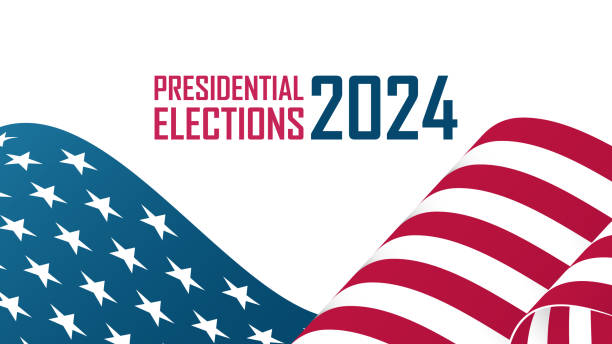As the United States gears up for the 2024 presidential election, political enthusiasts and citizens alike are curious to know who the favored candidate might be. While it’s impossible to predict the future with certainty, we can examine the landscape and consider some factors that may indicate who is currently favored to win the 2024 presidential election. In this blog post, we will explore the potential frontrunners and the dynamics shaping the upcoming race.
The Importance of Timing and Candidates:
Presidential elections are influenced by various factors, including the political climate, public sentiment, and the candidates themselves. At this stage, several potential candidates from different political parties have emerged. However, it is important to note that political landscapes can evolve quickly, and new candidates may enter the race, while others may drop out or face challenges.
One factor to consider is whether the incumbent president is running for re-election. In this case, if the incumbent president is eligible and decides to seek another term, they often have a built-in advantage due to their experience, established base of support, and the power of the presidency. However, if the incumbent president is not running, it creates an open field, and the race becomes more unpredictable.
Party Dynamics:
The dynamics within each political party play a significant role in determining the favored candidate. Primaries and caucuses, where party members vote for their preferred nominee, help shape the field and narrow down the choices. Factors such as endorsements from party leaders, fundraising capabilities, and public popularity can influence a candidate’s chances of becoming the party’s nominee.
Public Opinion and National Issues:
Public sentiment and the pressing issues facing the nation at the time of the election can also impact the favored candidate. Voters tend to align themselves with candidates who address their concerns and present compelling solutions. The popularity of candidates can fluctuate based on their ability to connect with the electorate, articulate their vision, and resonate with voters’ values.
Demographic and Regional Factors:
Demographic and regional factors can also influence the election. Understanding the diverse needs and perspectives of different demographic groups and regions is crucial for candidates to build a broad coalition of support. Favored candidates often demonstrate an ability to appeal to a wide range of voters across different demographics and geographic areas.
Conclusion:
While it is challenging to predict the exact outcome of the 2024 presidential election at this stage, various factors can shape the landscape and indicate the favored candidate. The political climate, incumbent advantage, party dynamics, public opinion, and demographic and regional factors all play a role in determining who may emerge as the frontrunner. As the election season progresses, candidates will campaign, debate, and engage with voters, further shaping the dynamics and influencing the outcome. It is an exciting and dynamic time in American politics, and staying informed about the evolving landscape will be key to understanding who might ultimately come out on top in the 2024 presidential election.

